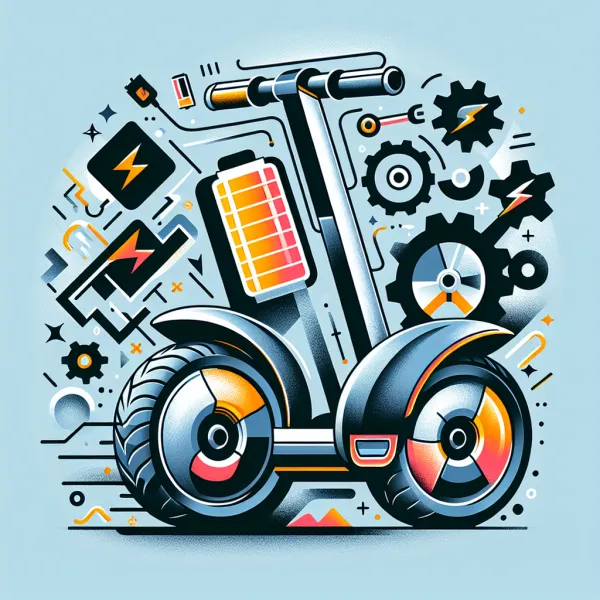5 Problems with the Segway Ninebot MAX G30D II You Should Know About
5 Problems with the Segway Ninebot MAX G30D II You Should Know About
The Segway Ninebot MAX G30D II is a popular electric scooter, celebrated for its long range and robust design. However, like any product, it has its share of flaws that users should be aware of before making a purchase. In this article, we’ll explore the top 5 problems with the Segway Ninebot MAX G30D II and how they might impact your riding experience.
1. Battery Performance in Cold Weather
One of the most common complaints about the Segway Ninebot MAX G30D II is its reduced battery performance in colder climates. While the scooter boasts an impressive range of up to 65 km under ideal conditions, users have reported significant drops in range when temperatures fall below 10°C. This can be a major inconvenience for riders who rely on the scooter for daily commutes during winter months.
“The battery life is great in summer, but in winter, I barely get half the range,” says one user.
To mitigate this issue, it’s recommended to store the scooter indoors and avoid riding in extreme cold whenever possible.
2. Heavy Weight
Weighing in at approximately 19.5 kg, the Segway Ninebot MAX G30D II is heavier than many other electric scooters in its class. While this weight contributes to its durability and stability, it can make the scooter cumbersome to carry, especially for users who need to lift it up stairs or onto public transportation.
If portability is a priority for you, this might be a significant drawback.
3. Limited Speed
The Segway Ninebot MAX G30D II is designed to comply with European regulations, which cap its top speed at 20 km/h. While this makes it a safe option for urban environments, some users find the speed limit restrictive and less thrilling, especially when compared to other scooters that can reach speeds of 25 km/h or more.
For those looking for a faster ride, this limitation might be a dealbreaker.
4. Handlebar Height Not Adjustable
Another issue that has been raised by users is the lack of an adjustable handlebar. The fixed height can be uncomfortable for taller or shorter riders, leading to a less ergonomic riding experience. This design flaw makes the scooter less versatile for a wide range of users.
Investing in a scooter with adjustable handlebars might be a better option for those who prioritize comfort.
5. Expensive Replacement Parts
While the Segway Ninebot MAX G30D II is built to last, wear and tear are inevitable. Unfortunately, users have reported that replacement parts can be quite expensive. From tires to batteries, the cost of maintenance can add up quickly, making it less budget-friendly in the long run.
It’s worth considering these potential costs before committing to this model.
Conclusion
The Segway Ninebot MAX G30D II is undoubtedly a high-quality electric scooter with many advantages, but it’s not without its flaws. From battery performance issues in cold weather to its heavy weight and limited speed, these problems could impact your overall satisfaction with the product. By being aware of these drawbacks, you can make a more informed decision and determine whether this scooter is the right fit for your needs.
Have you experienced any of these issues with the Segway Ninebot MAX G30D II? Share your thoughts in the comments below!
